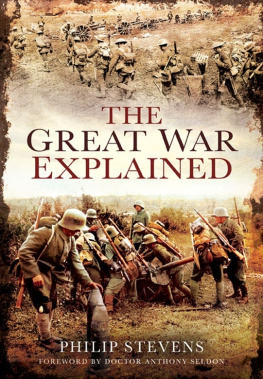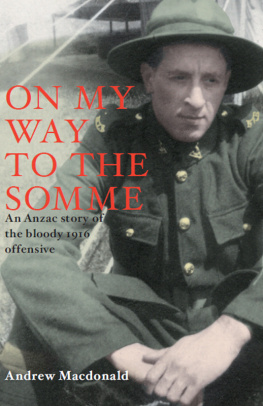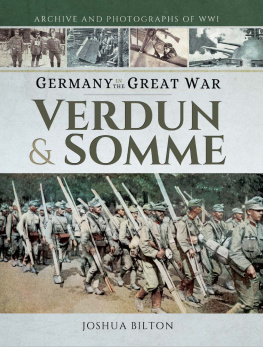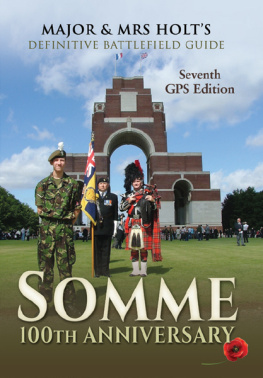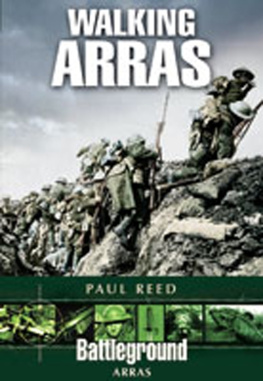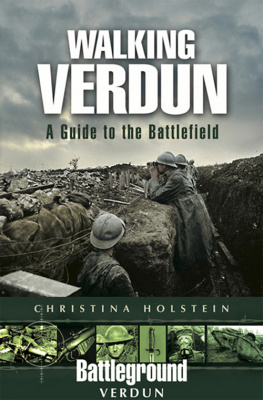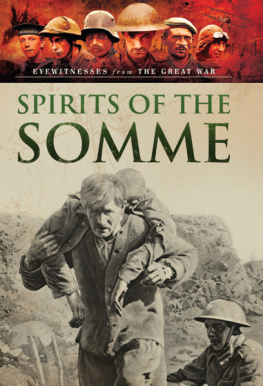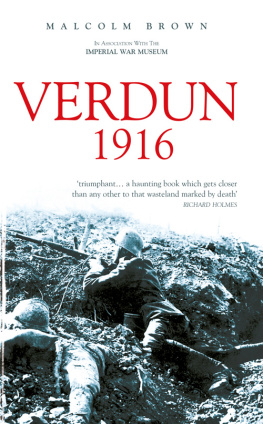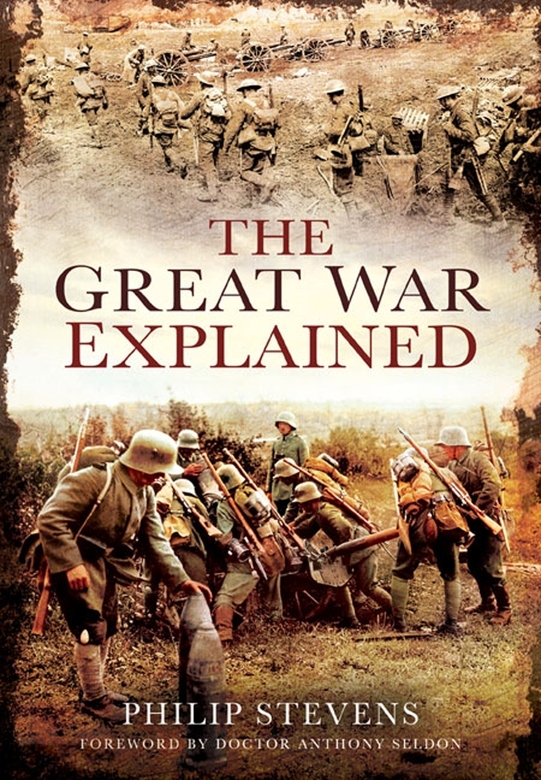The British provided the bulk of the generals in the BEF and the eventual size of that force dictated that hundreds of officers would hold general rank during the war. This selection is limited to those who feature large in this book. Thus there is no room for Kitchener, despite his towering contribution to the creation of the armies that fought and won the war. The worst general of them all, Sir Charles Townshend, led the infamous total failure that was the Mesopotamia expedition to capture Baghdad. His omission from further consideration in this list allows him to keep a degree of anonymity that he does not deserve. Other army commanders deserve to be considered, as do naval men like Fisher, the creator of the Royal Navy that Jellicoe commanded at Jutland, and Beatty commanded thereafter. Trenchard, the father of the Royal Air Force, deserves more than a mention. There are lists of hundreds of short biographies on websites and a book like this cannot try to compete with them.
Sir John French
Sir John French was Commander-in-Chief of the original British Expeditionary Force, the BEF. He proved inadequate to command the force of 100,000 men at the outset, and was to prove progressively less adequate as the army swelled in numbers. He was temperamental, scheming and a fierce believer in the importance of social distinction. His ability to nurse grudges for years was well-known and that character trait came to work against the well-being of the army during the critical months that led up to Le Cateau and Loos.
John French was born in 1852, lost his father before he was three years old, and his mother was confined in a mental home shortly afterwards. He joined the Royal Navy at the not-unusual age of fourteen before transferring to the army aged twenty-two. He had been appointed Field Marshal in 1913 at the end of his term as Chief of the Imperial General Staff (CIGS), the senior appointment of the British Army. French blotted his copybook badly over the Curragh Mutiny. In March 1914 a number of officers based at the principal Irish garrison, The Curragh, outside Dublin declared that they would defy any orders given to march into the six counties of Ulster to prevent a rebellion against Home Rule from Dublin that was proposed for the whole of Ireland. French backed the would-be mutineers in their refusal to support the government in their proposed actions against the Ulster Loyalists. His part in this complex moment in Anglo-Irish politics caused French to become bitterly estranged from his sister, his only living close relative.
Sir John French was forced to resign as CIGS in the aftermath of the Curragh Mutiny and played no part in military affairs for some months afterwards, although Field Marshals never formally retire. However, he was brought out of his effective retirement to command the BEF on the outbreak of the war.
Sir John was famously indiscreet with women, not least with the wives of fellow-officers. It is quite probable that when he had borrowed the large sum of 2,000 from Sir Douglas Haig some years before the war, he had needed the money to buy his way out of social disgrace. Both to borrow and lend money in this way were prohibited by Kings Regulations.
Sir John was probably the source of much of the information leakage that plagued British military affairs in 1914 and 1915. He was extremely unwilling to give adequate information to his political masters, the government, but he gossiped freely to Colonel Repington, the correspondent of The Times . As a result readers of The Times knew before the government that French blamed the failure at Loos on shortage of shells. There were other instances when the government fighting the largest war in British history was obliged to depend on a newspaper correspondent for information about events at the front.
After the early failures of 1915 the government replaced Sir John French as Commander-in-Chief. After his dismissal he was appointed Commander-in-Chief of Home Defence, and in this role was able to maintain some influence, which he rarely used to assist the Field Commanders in their endless debates and arguments with the politicians and the War Office.
Sir Douglas Haig
Sir Douglas Haig was unusual in the officer corps of the British Army of his time, especially the cavalry. He was too closely associated with trade, and his familys prominence in the distilling trade brought wealth but little social distinction. However, his military record was good. Despite later criticism, Haigs record was not that of a junior officer owing most of his promotion to political manoeuvring and fortunate circumstances. He attracted notice as result of some distinguished service in South Africa, and in particular he took the attention of Lord Esher, who was then setting in train some long-overdue reforms of the army after the fifty-year reign of the deeply traditionalist Duke of Cambridge as Commander-in-Chief.
Esher was known to favour rich, good-looking and young bachelor officers, and took Haig into the centre of military affairs as a key member of his reforming commission.
Haigs sister was at the centre of Court affairs as a lady-in-waiting attending Queen Alexandra at the new Kings Court. Haig had been appointed an Aide de Camp to the new King Edward VII in 1902 on returning from his successes during the Boer War. King Edward was not concerned about the origins of money so long as his associates were rich, hospitable and respectful. In 1905 Haig was a guest at Windsor Castle for Ascot Week. He wasted little time, meeting and proposing to Dorothy Vivian, another lady-in-waiting, within three days and marrying her less than a month later. Why not? he asked. I have frequently made up my mind about more important matters more quickly than that. Apart from his own honorary position as an Aide de Camp to the King, Douglas Haig was now firmly established as an intimate in Court circles.

